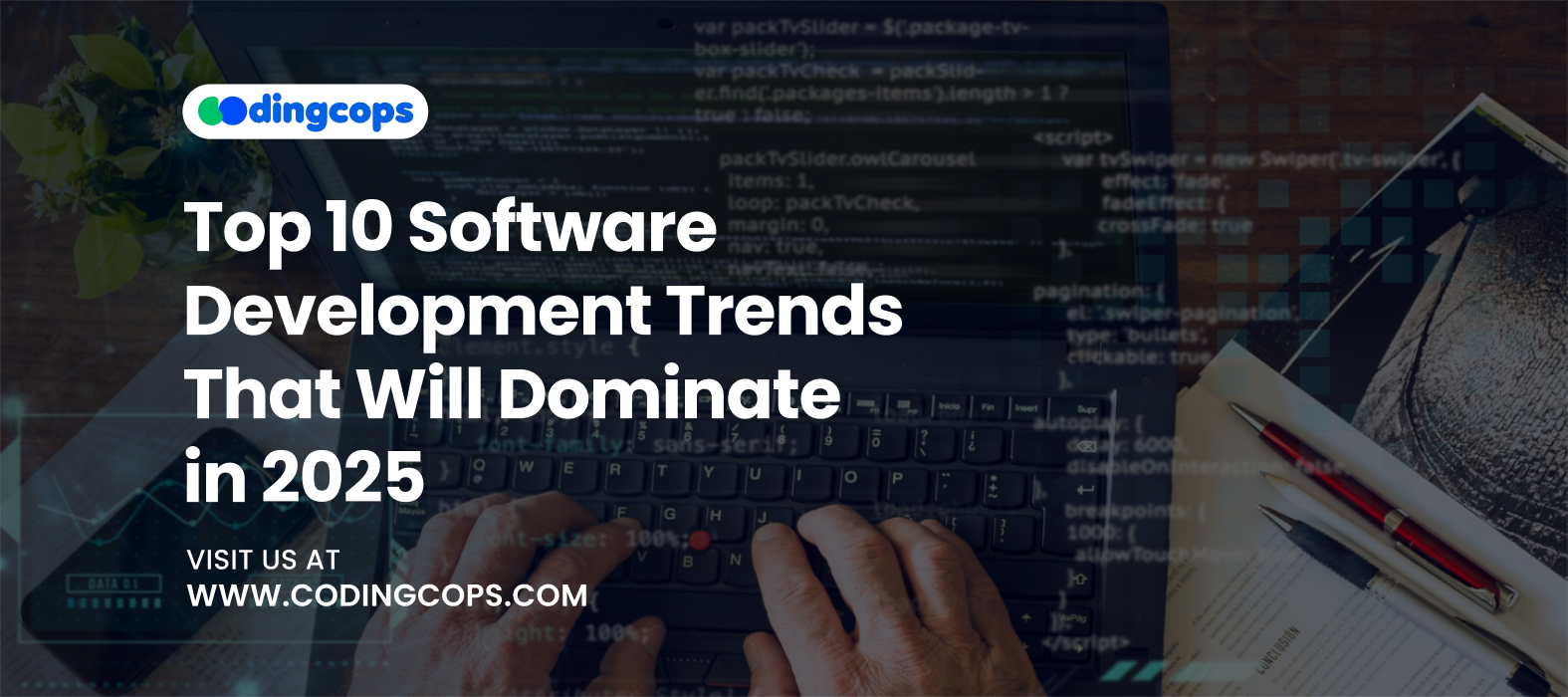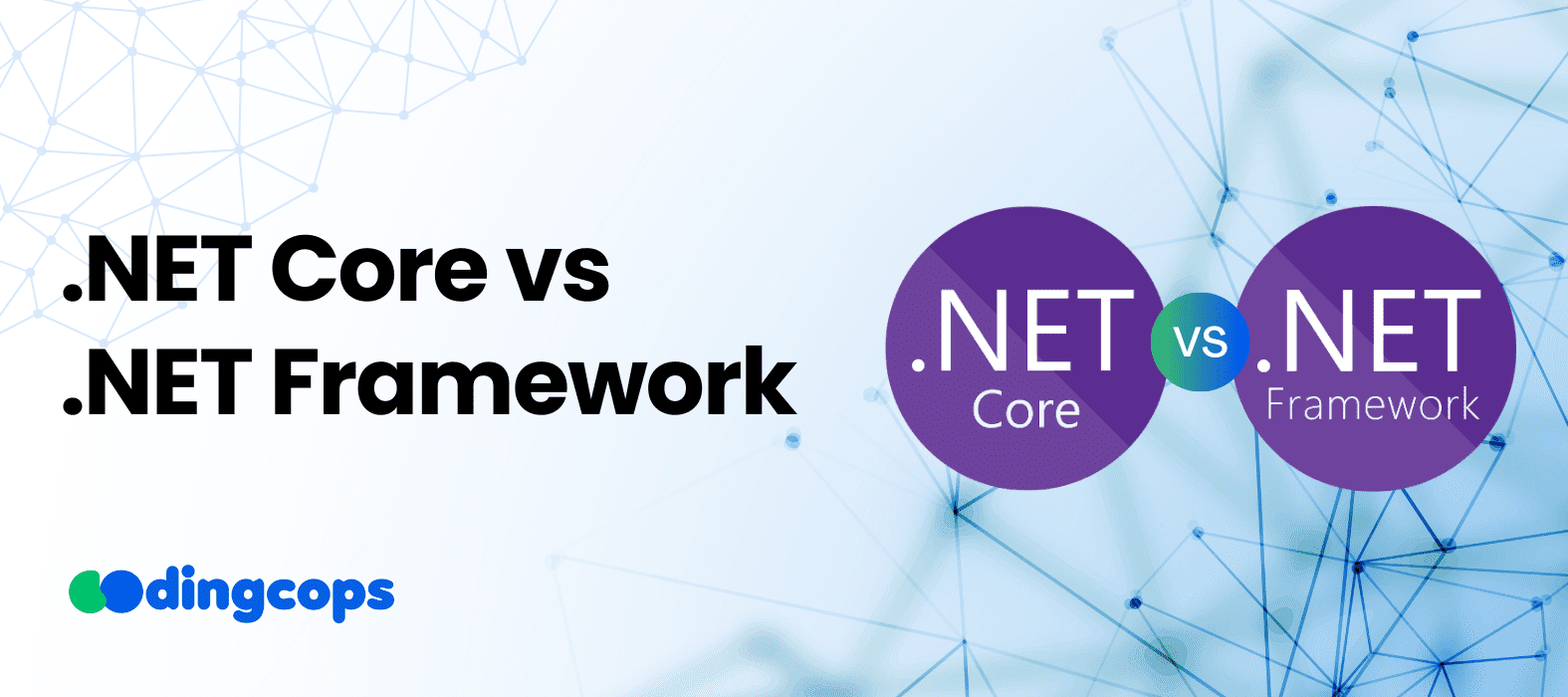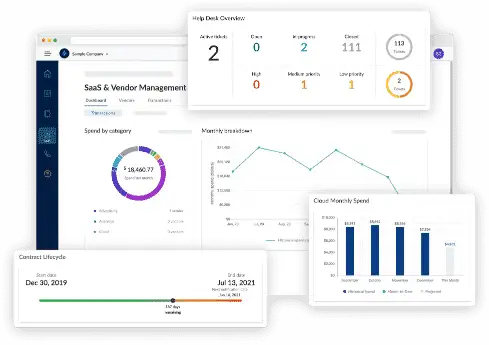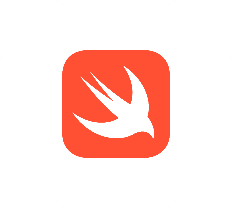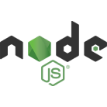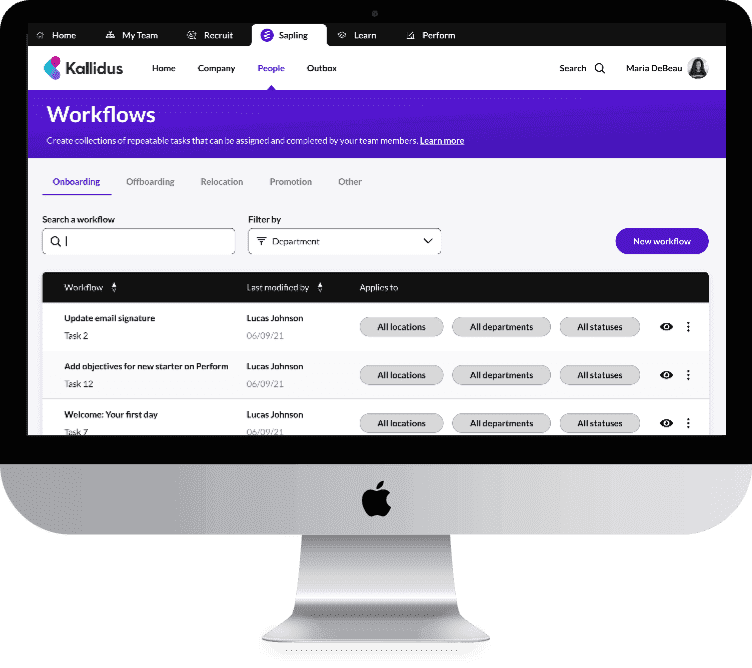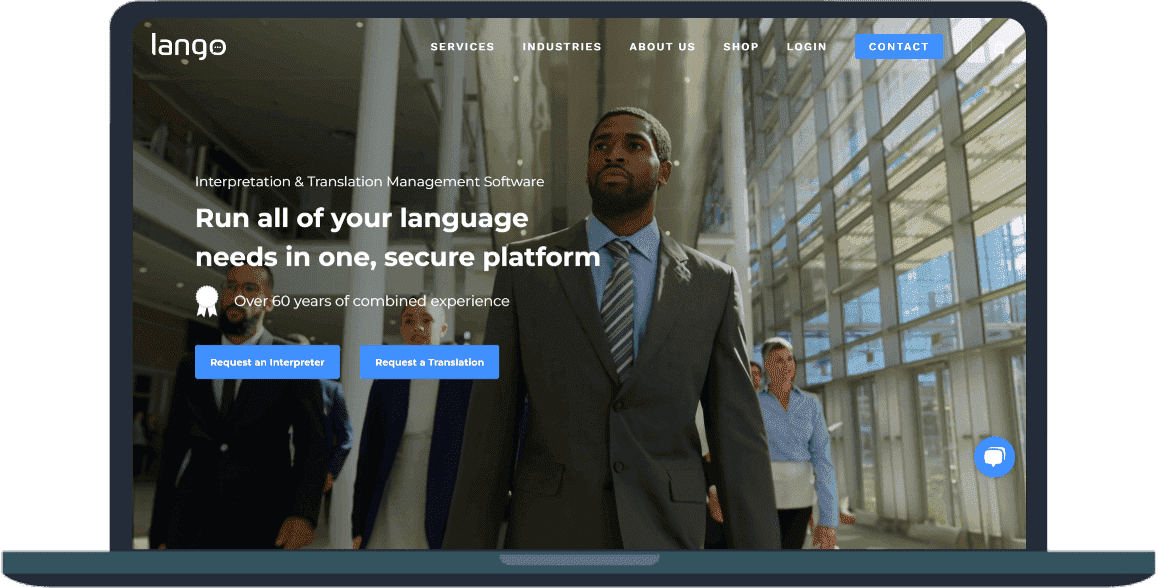According to a report, the global custom software development industry will reach a market size of $146.18 billion. This demonstrates the speed at which the software business is changing. In addition, what was formerly considered innovative is now considered the norm. As a result, companies and developers must adjust to remain competitive.
Also, software development is now shaped by emerging technologies and the demand for scalable digital solutions.
So, in this guide, we will look at ten of the top software development trends that are dominating the industry now.
Top 10 Software Development Trends
1. AI Development
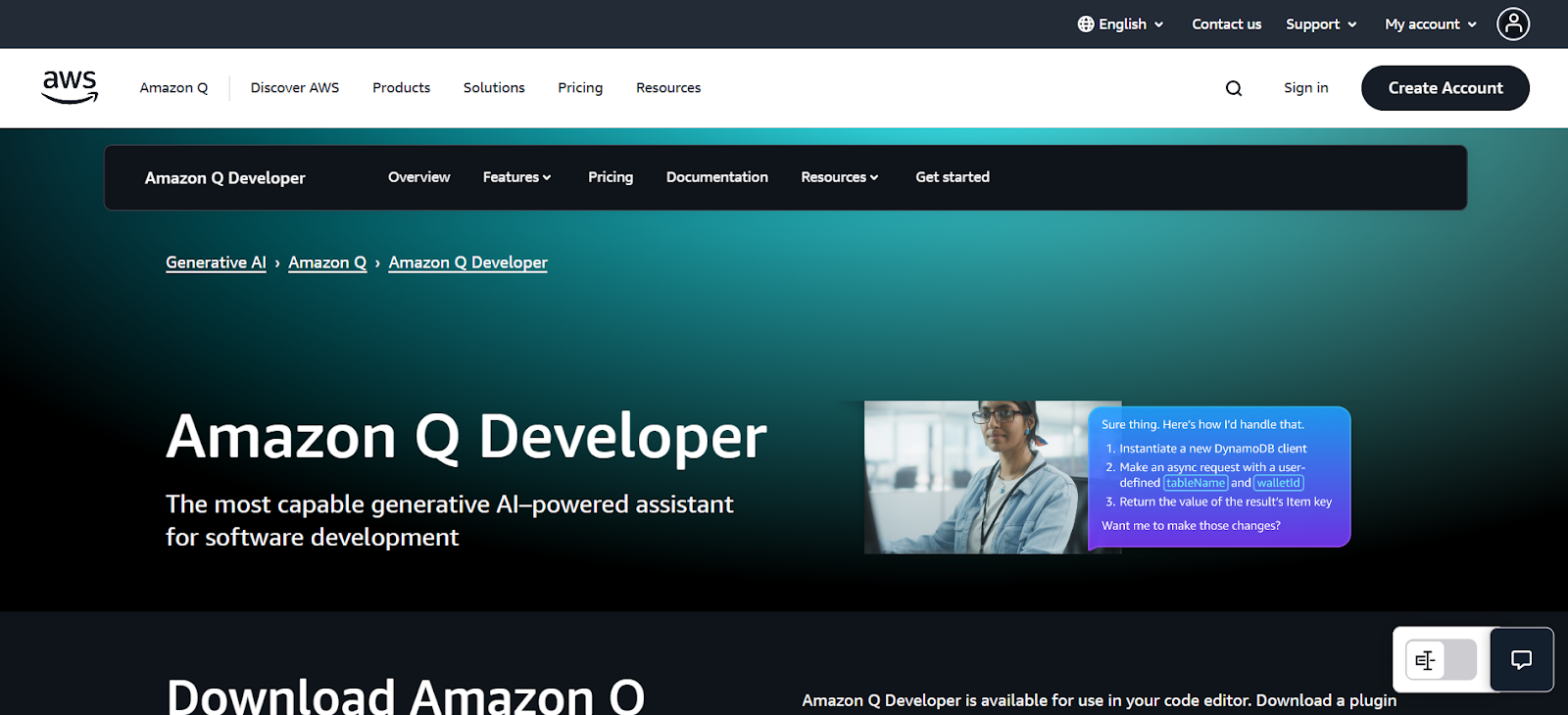
The advancement of AI is setting the standard for intelligent software engineering and automation. Additionally, developers may build boilerplate code and even create tests with the use of tools like Amazon Q Developer. AI may also assist with real time code reviews and debugging. It can also assist developers in identifying problems early in the cycle.
Apart from writing code, AI can also transform user behavior prediction and system optimization. Also, developers are integrating machine learning models into applications to personalize user experiences. Moreover, it can forecast demand and automate decision making processing. As AI becomes deeply integrated, developers are expected to possess not just programming expertise but also a strong understanding of how to train and apply machine learning algorithms.
2. Low Code and No Code Platforms
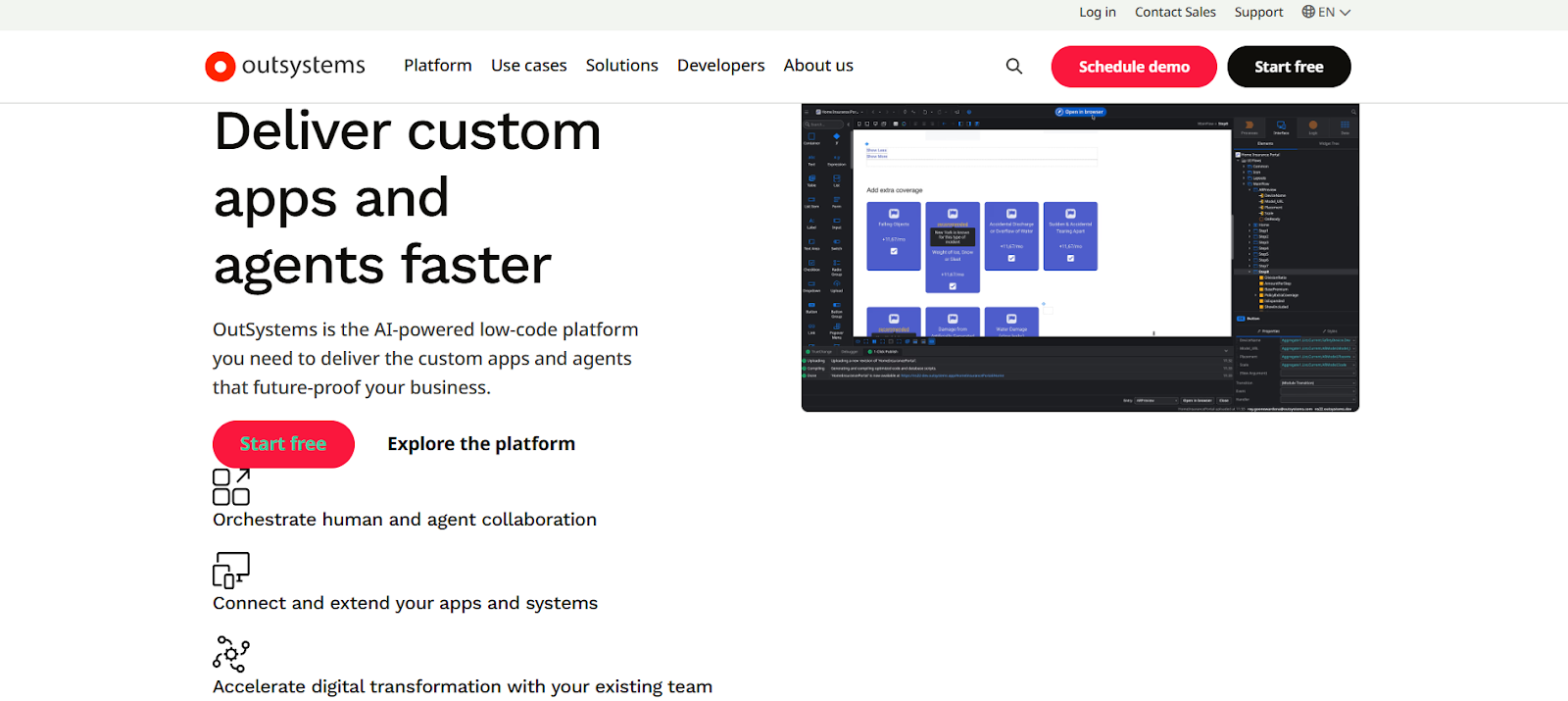
The development of apps is changing due to low code and no code platforms. Without much technical knowledge, non-developers may now create software thanks to these technologies. Additionally, these platforms include prebuilt templates and visual interfaces that help lower costs and speed up development. Moreover, tools like OutSystems are widely used for building internal tools and MVPs.
Additionally, Enterprises are using low code solutions to empower their business units to solve problems quickly without burdening engineering teams. These platforms not only democratize programming but also give seasoned developers new tasks that need them to focus on architectural integration and scalability. Low code thereby relieves developers of tedious tasks and encourages faster invention rather than replacing them.
3. Cloud Development and Serverless Computing
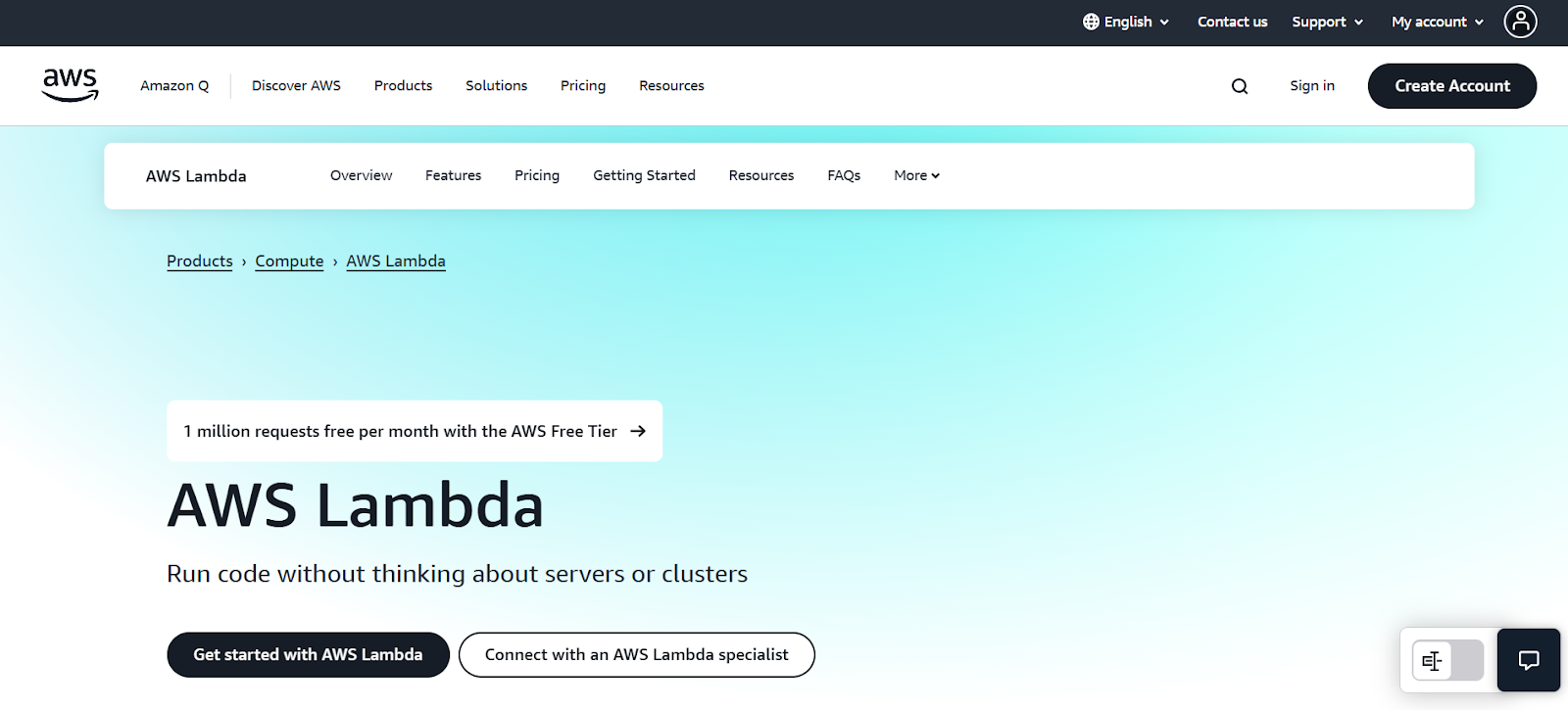
Cloud development has now become the backbone of modern software infrastructure. Additionally, serverless computing goes beyond that. Developers can now launch code without worrying about capacity planning or server management thanks to solutions like AWS Lambda. You can also perform backend functions as necessary using serverless. It is economical and scalable, as you only pay for what you use.
Microservices are supported by this architecture. This enables quicker deployments and more flexible development. DevOps and Platform Engineering are also being used by teams to expedite the development and release processes. Additionally, serverless frameworks provide a strong basis for creating robust and flexible systems when paired with container orchestration technologies like Kubernetes.
4. Edge Computing
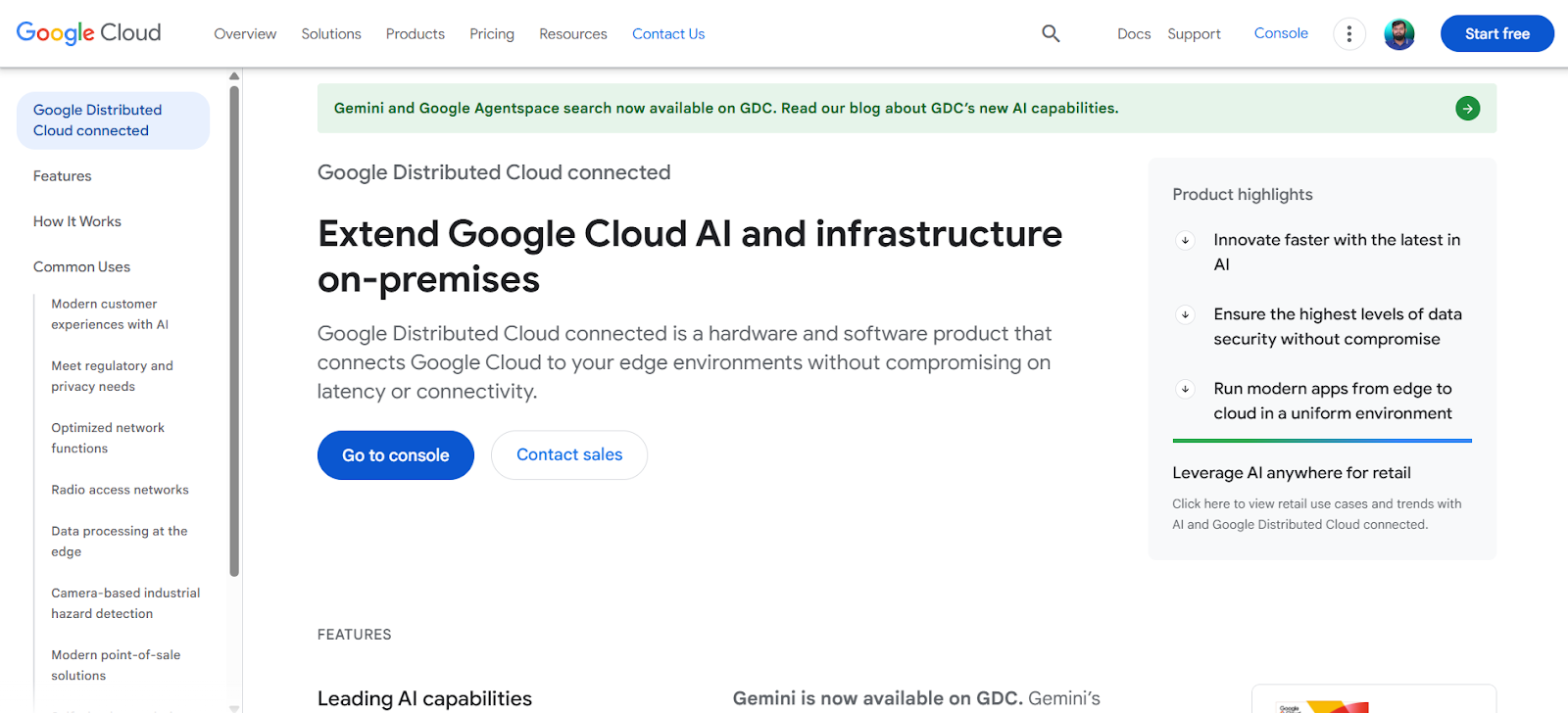
Edge computing is becoming an integral part of software development. This is particularly true as more sectors demand real time data processing and immediate reaction. Additionally, unlike traditional cloud computing, which manages data in centralized data centers, edge computing shifts processing closer to the source of data production, on consumer devices or gateways. Developers may lower latency and enhance the overall performance of time sensitive applications as a result of this close proximity.
Additionally, as 5G networks spread and become more reliable, edge computing is making a name for itself in a number of sectors, such as connected healthcare and autonomous vehicles. For example, without the need for cloud based analysis, edge enabled sensors at a manufacturing site may spot equipment anomalies and start preventative steps. Hence, this kind of quick and localized decision making is critical for mission critical systems.
From a development standpoint, building edge ready applications requires a different architectural approach. Moreover, developers must design for constrained environments. This is due to the fact that edge devices frequently have constrained CPU and memory. They also need to choose which data should be handled locally and which should be moved to the cloud. Hence, this ensures optimal load distribution.
Security also becomes a major priority, as edge networks consist of many distributed endpoints that are vulnerable to breaches. To maintain network security, developers must also incorporate robust encryption and device management mechanisms.
Additionally, developers can now build containerized apps and directly control workloads on edge devices thanks to popular tech platforms like Google Distributed Cloud Edge. This entails advanced features like predictive maintenance and real-time video analytics.
But rather than doing away with the necessity for cloud infrastructure, edge computing
complements it. In modern hybrid models, edge devices handle real time and critical processing while the cloud takes care of data aggregation.
5. IoT Integration
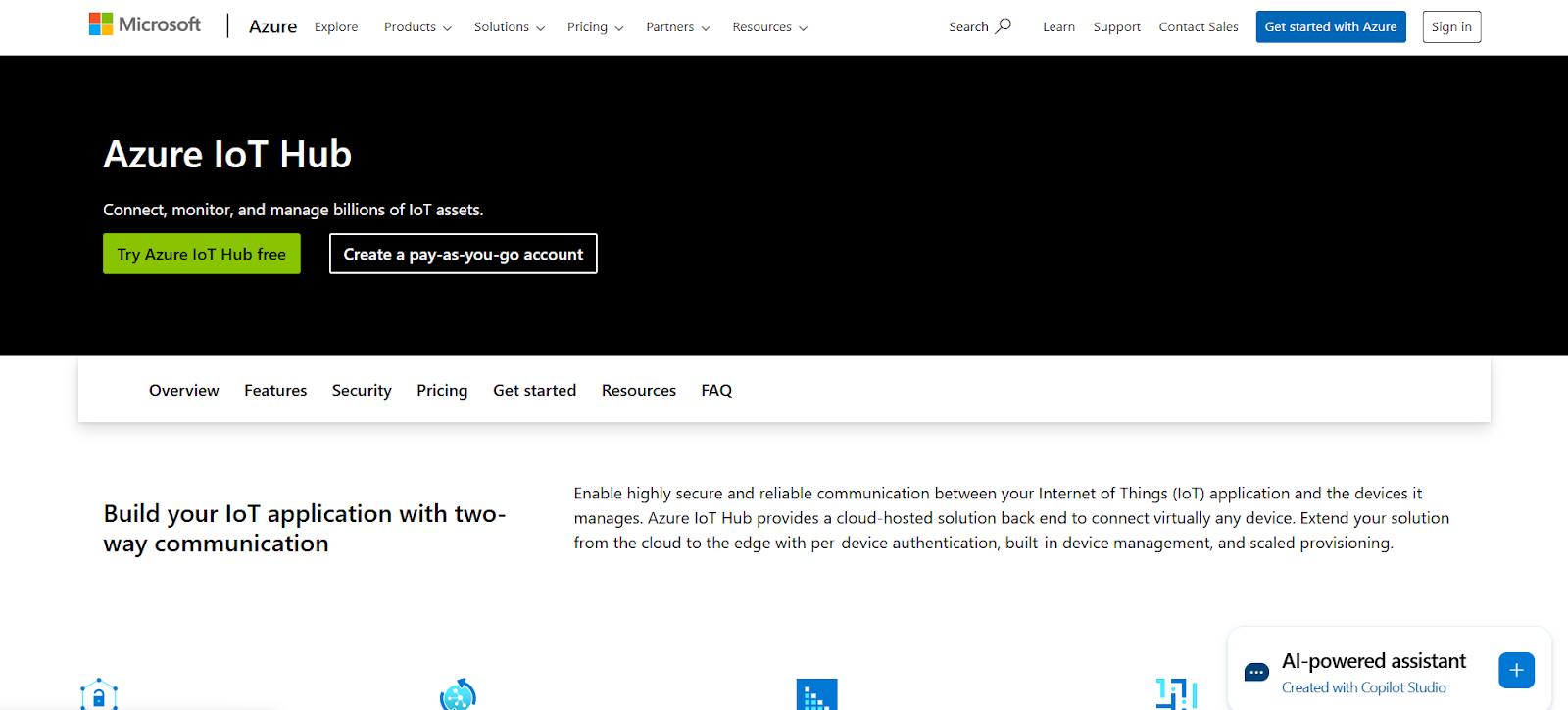
The integration of IoT into software systems has become more sophisticated and central to digital transformation across industries. It’s no longer limited to smart homes or fitness trackers. Furthermore, sophisticated medical gadgets and massive industrial systems are now powered by IoT. For developers, this entails creating apps that communicate with a wide range of cloud platforms and sensors. Thus, security and dependability are guaranteed.
Real time communication between devices and apps is a major emphasis of contemporary IoT integration. Furthermore, MQTT and other similar technologies are frequently utilized for low latency, lightweight data transport, particularly over bandwidth constrained networks. Also, middleware platforms like Azure IoT Hub simplify device provisioning and command distribution. Additionally, this makes it possible for developers to create and scale event-driven, secure IoT systems more quickly than before.
Handling the variety of devices and protocols is a significant difficulty in IoT integration. Developers also need to take power limitations and operating system variety into consideration. Therefore, this requires designing modular, interoperable software that can easily connect and scale across thousands or even millions of devices. Also, device lifecycle management has also become a critical area of focus in modern IoT application architecture.
Security in IoT is another top priority. IoT devices are susceptible to firmware modification and illegal access because of their extensive use in public or uncontrolled settings. To further safeguard device integrity and data privacy, developers must use end to end encryption and continuous monitoring.
Massive amounts of data are being generated by IoT, much of which is unstructured and time sensitive. In order to efficiently analyze and present this data, development teams are now including real-time data pipelines utilizing platforms such as Apache Kafka. Furthermore, a lot of apps now use edge deployed AI models to make smart decisions locally, such as energy optimization and anomaly detection.
6. Quantum Algorithms
Quantum computing was long seen as the next great thing in computing. Furthermore, quantum algorithms are already influencing how developers tackle complex problems. Additionally, these techniques are proven particularly helpful for machine learning and optimization problems that are outside the scope of conventional approaches.
Quantum algorithms are made to analyze several possibilities at once by using ideas like superposition and quantum tunneling. This allows them to solve certain classes of problems exponentially faster than classical algorithms. For example, Grover’s algorithm can search unsorted databases more efficiently than any classical counterpart. While these aren’t widely deployed in production yet, their potential has already influenced the development of post quantum cryptographic standards and next generation security models.
Developers are now exploring these principles through tools and frameworks like IBM’s Qiskit. Moreover, these platforms offer simulators and APIs that allow software developers to prototype quantum circuits and test logic on quantum emulators or small scale real quantum processors. Moreover, cloud access to quantum machines has made experimentation more accessible, even for teams without quantum hardware onsite.
In addition to native quantum programming, quantum optimization algorithms are already being used in real world applications. Companies in sectors like finance and energy are experimenting with quantum annealing and hybrid solvers to tackle problems involving resource allocation and fraud detection.
However, quantum computing has its own challenges. Moreover, quantum programming requires a shift in mindset. Developers must think in terms of probabilistic states and quantum gates rather than deterministic instructions. Additionally, debugging and testing quantum software is more complex due to the inherently non observable nature of quantum states. Moreover, scaling quantum algorithms to meaningful problem sizes depends heavily on the pace of hardware innovation.
7. Cybersecurity Development
Cybersecurity is a core pillar of the software development life cycle. With the increasing frequency and sophistication of cyberattacks and data breaches, organizations are shifting and embracing security early in the development process and treating it as a shared responsibility among developers and security teams.
Moreover, this has given rise to DevSecOps. It is a culture and set of practices that integrate security into DevOps pipelines. Also, automated security checks and dynamic application testing are now standard parts of continuous integration and continuous deployment workflows.
Also, secure by design is becoming the new norm. Additionally, developers are supposed to be aware of typical vulnerabilities and create software that is naturally immune to assaults like data leaks and cross site scripting. Hence, this requires a deep understanding of secure coding practices and proper session handling.
The extensive use of Zero Trust Architecture is another significant advancement in cybersecurity. Furthermore, Zero Trust makes the assumption that no system or user should be taken for granted. Applications are being developed with rigorous identity verification and ongoing monitoring as a result. Developers are essential in putting these principles into practice by enforcing OAuth2 or JWT authentication and integrating secure APIs.
Furthermore, developers must consider data protection while creating features due to the growing number of international rules like GDPR. Transparent data gathering and encryption both in transit and at rest are therefore guaranteed. Furthermore, they should implement secure data deletion practices.
8. Universal API Economy
The API economy is not just a technical movement, it’s a business model. Numerous software systems can communicate and perform activities using APIs without requiring direct access to each other’s codebases. This modular development approach speeds up innovation and makes integration easier.
Furthermore, most applications rely heavily on third party APIs for functions like payment processing and identity verification. Tools like SendGrid are not just backend services; they are product features delivered through APIs. Therefore, companies may focus on their core skills while hiring reputable contractors to undertake non differentiating tasks by embracing an API first attitude.
These days, companies use API management technologies like Postman to streamline the design and monitoring of their APIs. Thus, these technologies support teams in enforcing governance principles and managing the whole API lifetime. Moreover, it also helps them maintain performance and security across distributed systems.
APIs have also become revenue generators. Many companies now offer public or partner APIs as products, charging for usage via subscription or tiered pricing models. For example, financial data providers and even entertainment companies are monetizing their APIs through developer portals and marketplaces.
9. AR/VR
Virtual reality and augmented reality technologies have advanced greatly from their beginnings in gaming and are now essential parts of contemporary software development. Furthermore, both of these are changing how users engage with digital material as spatial computing develops. They offer intricate, immersive experiences that combine the virtual and physical worlds.
Additionally, developers can now create apps that extend beyond displays and into the user’s immediate environment, thanks to gadgets like Apple Vision Pro and newly developed lightweight AR glasses. Advanced hand tracking and more realistic rendering are now supported by these devices.
For developers, AR/VR development is powered by mature platforms such as Unity. This provides toolkits to design and deploy applications across multiple devices. Unity and Unreal are particularly powerful for building 3D and interactive experiences that integrate real time physics.
10. Autonomous Systems
Autonomous systems are now changing industries and redefining how software behaves. These systems are capable of perceiving their environment and executing actions with minimal to no human intervention. Many software driven autonomous platforms are being developed to operate behind the scenes in fields like finance and infrastructure management.
Algorithmic trading platforms, for instance, make snap financial judgments without requiring human input. Additionally, AI is used by cybersecurity solutions to identify and eliminate threats instantly. Also, IT systems perform self healing operations through AIOps. It can automatically fix bugs and reroute traffic based on usage patterns.
From the standpoint of development, building autonomous systems requires more than just standard programming. Systems that can adapt and learn from fresh data must be created by developers. This frequently entails developing logic for autonomous decision making in a variety of scenarios, integrating real time sensors or APIs with machine learning or deep learning models, and training these models.
Final Words
Software development is propelled by innovation and integration. These developments, from self governing systems to artificial intelligence, are changing how programmers create and safeguard digital experiences.

